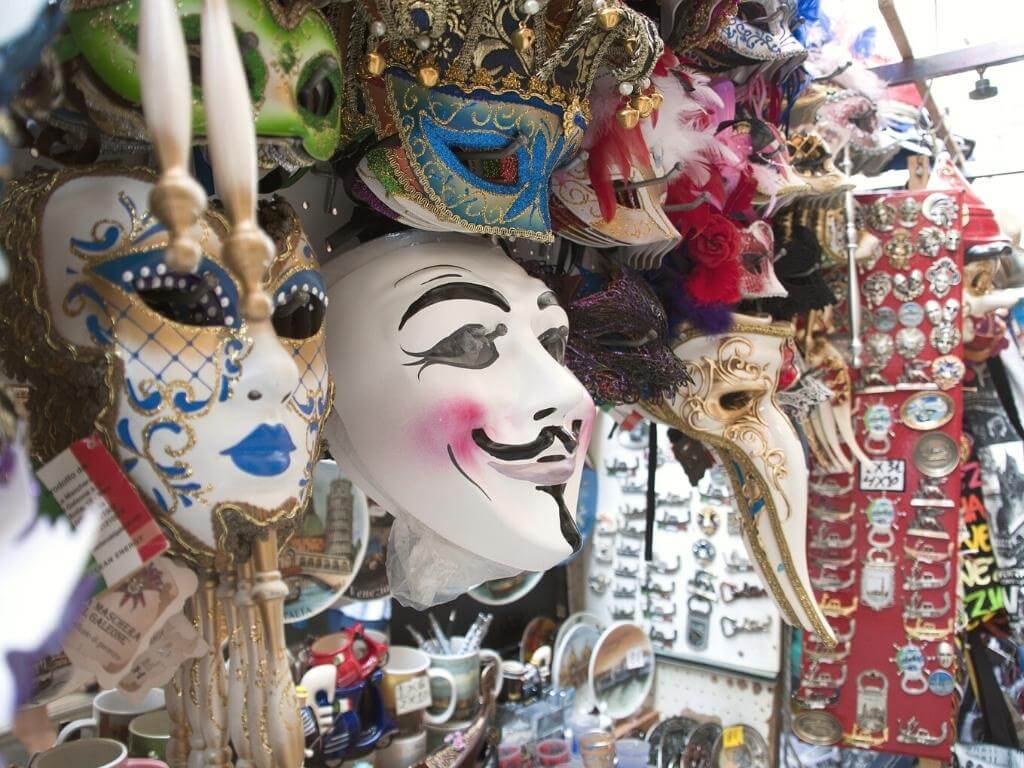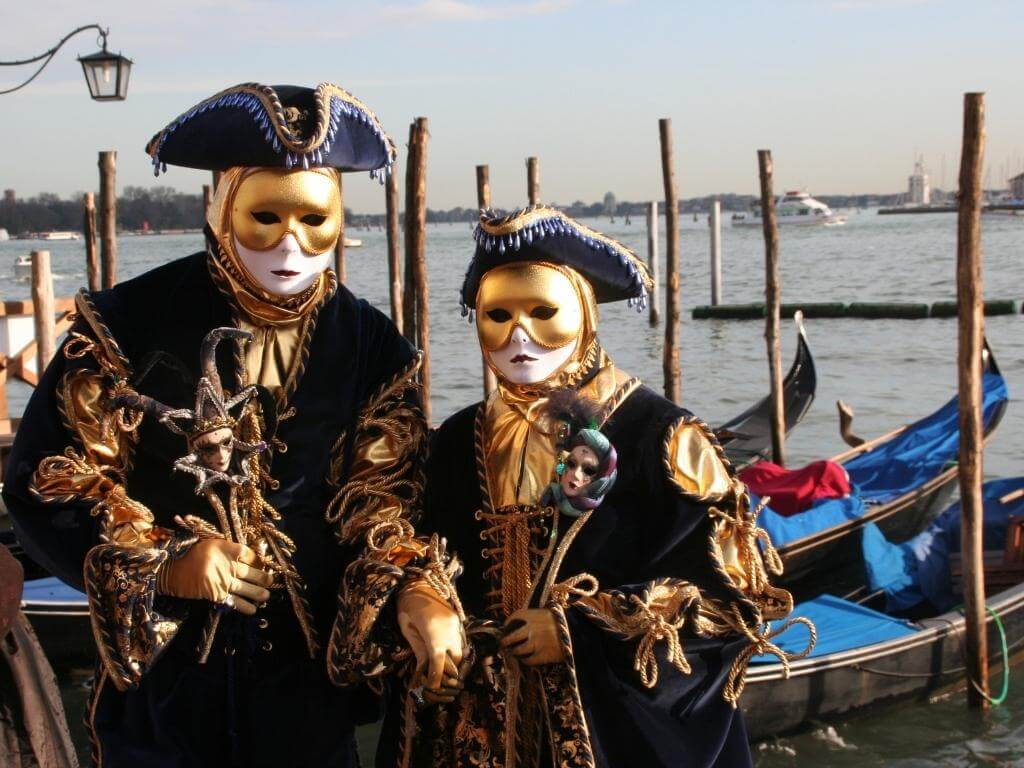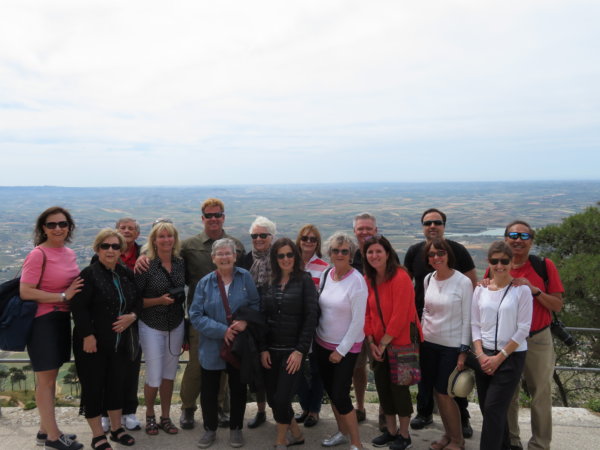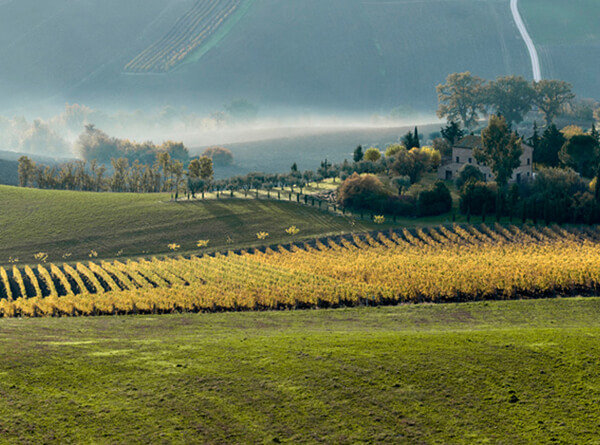Carnevale, or Carnival in English, is a festival with a centuries’ old tradition in Europe. While many regions of Italy celebrate Carnevale over a period of two or more weeks, most towns have shorter and less elaborate celebrations in the week before Ash Wednesday. 2022 marks the first time that Italy’s Carnevale traditions return after two years of pandemic postponement.
History of Carnevale
The word carnevale has roots in Latin, and comes from the Italian carne (meat) and the verb ‘to leave off’ (levare). In essence, meat was being ‘left behind’ as the Lenten period of sacrifice, purification, and alms-giving was to begin.
What we know as Carnevale today, likely had its origins in ancient Egypt and Greece some 5000 before Christianity appeared. At the time of winter and spring solstices, communities gathered to celebrate the change of seasons, especially the emergence from winter. As Christianity spread in these same cultures, people were reluctant to give up the sometimes wild celebrations of food and drink. Over time, the pagan rituals merged into the Christian (mostly Catholic) calendar. Carnival became known as a festival of food, drink and raucous merriment that ended on the very somber Ash Wednesday.
Italy’s Carnevale Traditions Around the Country
Venice, Veneto
Today, the most famous Carnevale takes place in Venice. It is known for its elaborate masks, which are considered stunning works of art. In fact, there is a competition to choose ‘la maschera piu bella’ (the most beautiful mask). The 2021 winner of the competition was Horst Raack, a German costume designer. He has also won the competition 6 other times.

Viareggio, Tuscany
This northern town celebrates its Carnevale with elaborate floats that take a year to design and build. The animated floats, made mostly of papier-mâché, depict local politicians, sports figures and other popular personalities. Masks also play a role in the local celebrations. It’s been said that the first masks were worn in protest by the citizens for the high taxes they were forced to pay by the middle-class businessmen.
Putignano, Puglia
Located in the province of Bari, Putignano’s Carnevale is one of the oldest in Europe, having started in 1394. It is also the longest in length as it begins on December 26th and ends the day before Ash Wednesday, almost two months in total. Floats and papier-mache masks are characteristic of the celebrations, along with poetry and parades. The festival is symbolized by a character in a mask, named Farinella (which is also the name of a Putignano food). The mask is a combination of the Harlequin and Joker (from a deck of cards) representation. It is intended to convey joy, melancholy, excess and – life!
Acireale, Sicily
One of the southern Italian versions of Carnevale takes place in the town of Acireale, located on the north-east side of Sicily at the foot of Mt Etna. Like other celebrations across Italy, the one in Acireale has floats, music, masks, costumes, and feasting. What makes it unique is the ‘abbatazzi’ – folk poets who improvise versus on the street in real time. The Carnevale is so popular here, that the community does it twice a year – again in August.
Do You Know Any Other of Italy’s Carnevale Traditions?
It’s clear that Carnevale is a strong and enduring tradition in Italy. Regional nuances differentiate one from another. However, the unifying elements among all Carnevale are the desire to celebrate the movement from dark winter to light spring, to welcome the promise of nature’s new life, and to seek laughter and joy. As the popular saying goes: “A Carnevale ogni scherzo vale,” meaning ‘At Carnival, anything goes’.
Join Us in Italy!
To learn more about our tours that take travellers off-the-beaten path in Italy, visit our Tour Page, sign up for our mailing list below, or send us an email at info@mp-tours.com.




